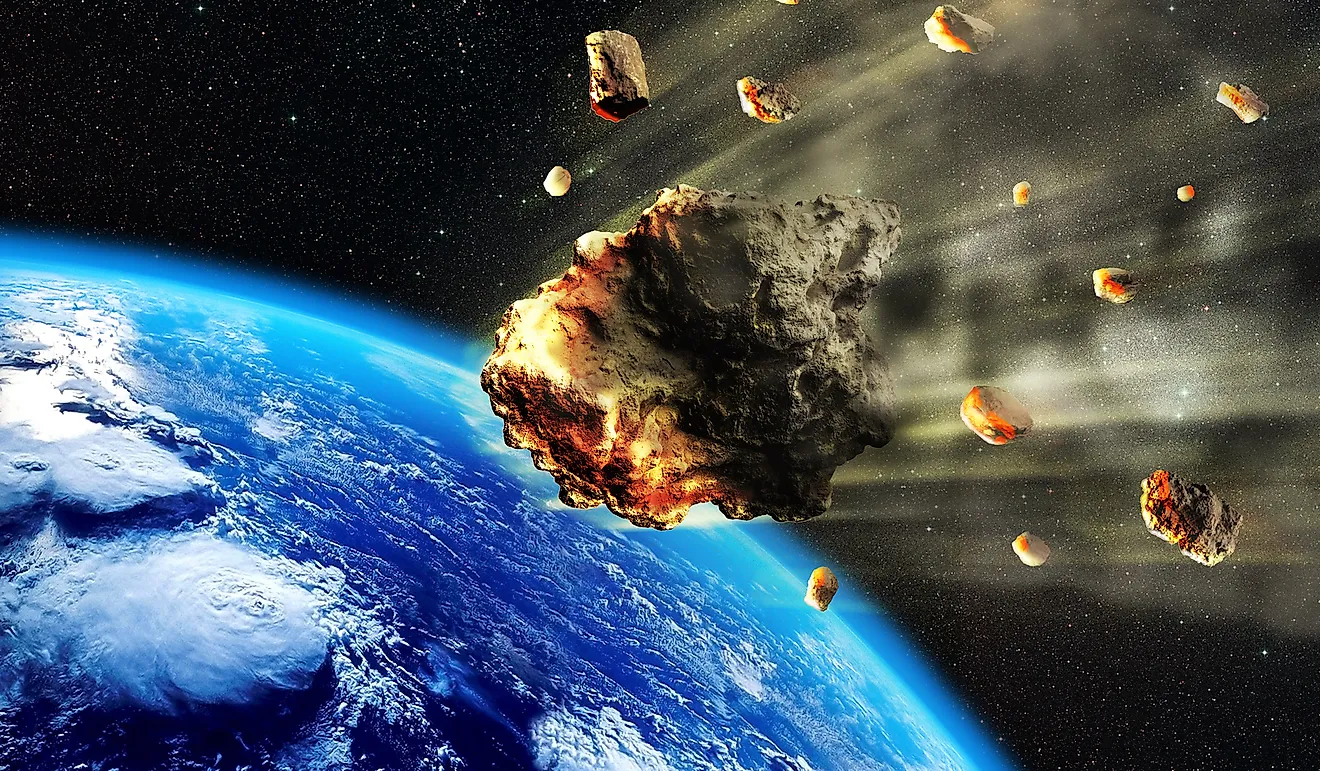The Cretaceous-Paleogene Extinction Event

Scientists such as biologists and geologists agree that there have been five major mass extinctions in the history of the Earth. For an extinction event to be considered as a major extinction event, at least half of all the life forms existing during that period under review must be wiped out. The five major mass extinction events are the Ordovician-Silurian, Late Devonian, Permian-Triassic, Triassic-Jurassic, and Cretaceous-Paleogene extinction events. These mass extinction events have also accelerated the rate of evolution of organisms on Earth. The most recent of the five events is the Cretaceous-Paleogene extinction which took place about 66 million years ago.
Cretaceous-Paleogene Extinction
The Cretaceous-Paleogene extinction is also known by several names including Cretaceous-Tertiary, K-T extinction, or K-Pg extinction. It is probably the best-known global extinction event, popular for wiping out the dinosaurs. The K-Pg extinction was a sudden mass extinction that took place about 66 million years ago during the Mesozoic Era (252-66 million years ago), wiping out up to 75% of plants and animal species on the face of the Earth at the time. The extinction events divided the Cretaceous Period (which marked the end of the Mesozoic Era) and the Tertiary Period (which marked the beginning of the current era known as Cenozoic Era)
Extinction Pattern
The K-T extinction is responsible for the elimination of at least 75% of all life forms on earth during the period. The extinction affected both marine and terrestrial organisms in all the continents. The extinction was greater among the animals that lived in the water column than those that lived in the sea or seafloor. Most of the animals belonging to the archosaur group including dinosaurs, crocodilians, and birds all became extinct except those in the lineage that led to the modern-day crocodiles. Of the organisms that depended on phytoplankton such as the coccolithophorids and mollusks (rudists, mussels, ammonites, and freshwater snails), only 13% survived. The belemnoids and ammonoids became completely extinct. The larger marine invertebrates called orbitoids died out while the hermatypic corals were reduced by about 80%. Among the plant species, there was widespread extinction of the angiosperms and other plant communities in North America. Interestingly, according to the fossil study, no amphibian became extinct.
Causes Of The Extinction
The K-T extinction is the most-studied and well-known extinction event in the history of the Earth, partly because it is the most recent. Thus, the main cause of the event is well known. The evidence is the high number of large asteroid impacts found in many parts of the world. One such asteroid impact is the huge crater measuring 112 miles in diameters which was discovered buried under the sediments in the Yucatan Peninsula near Chucxulub in Mexico. Another smaller crater that predates the one found near Chucxulub was discovered in Boltysh in 2012. The rock layers contain a high concentration of iridium, a rare element on the Earth’s crust but found in plenty in space debris. The residual effects of the rocks were devastating. A phenomenon known as “impact winter” was caused by the asteroids hitting the Earth. The amount of dust and debris released to the atmosphere blocked the sun for days. The plants began dying, leaving animals with no food, causing them to starve to death.











